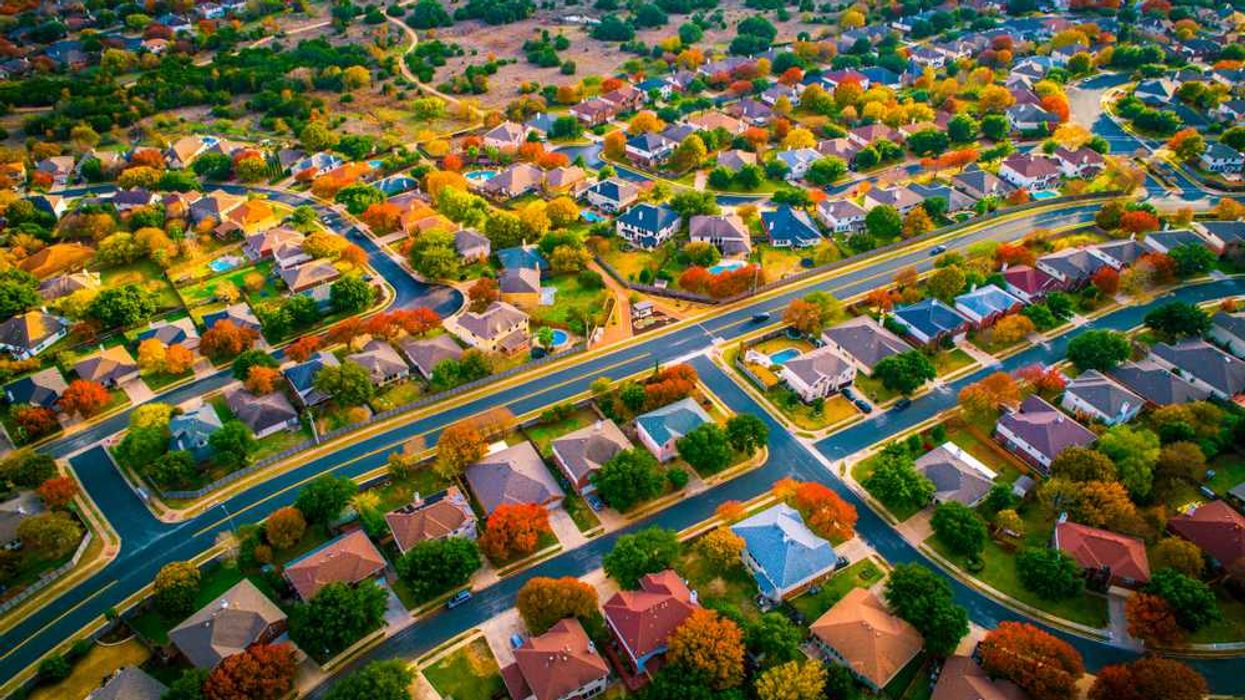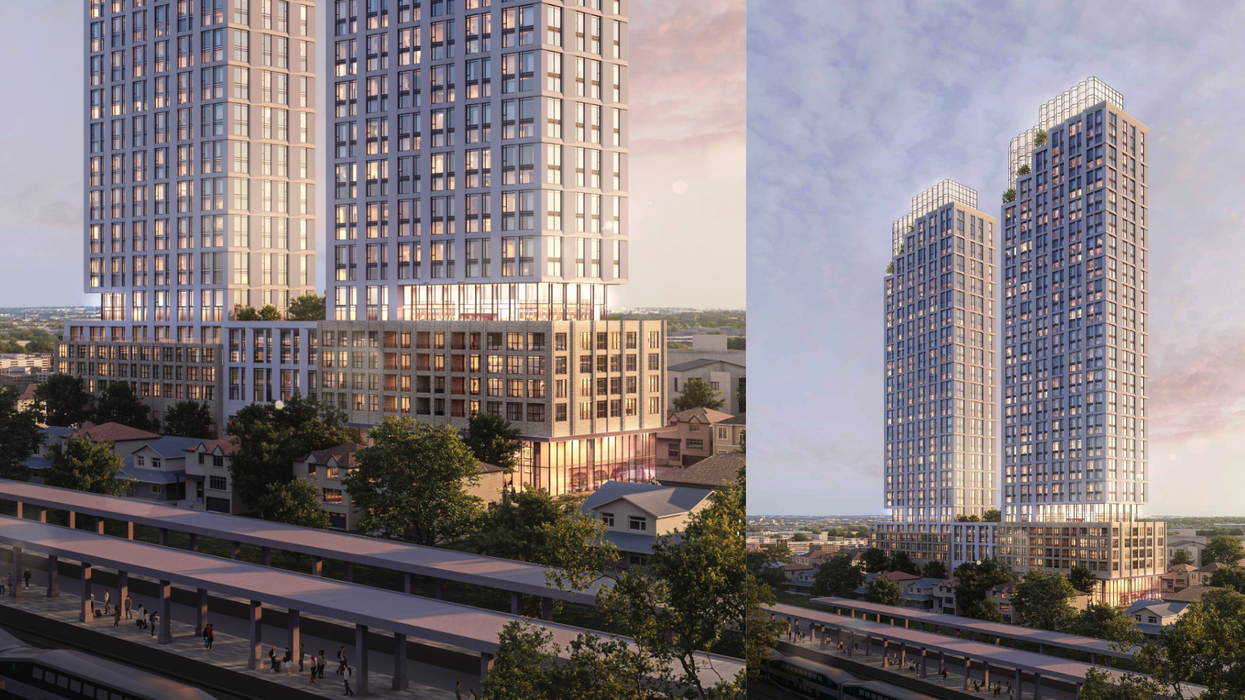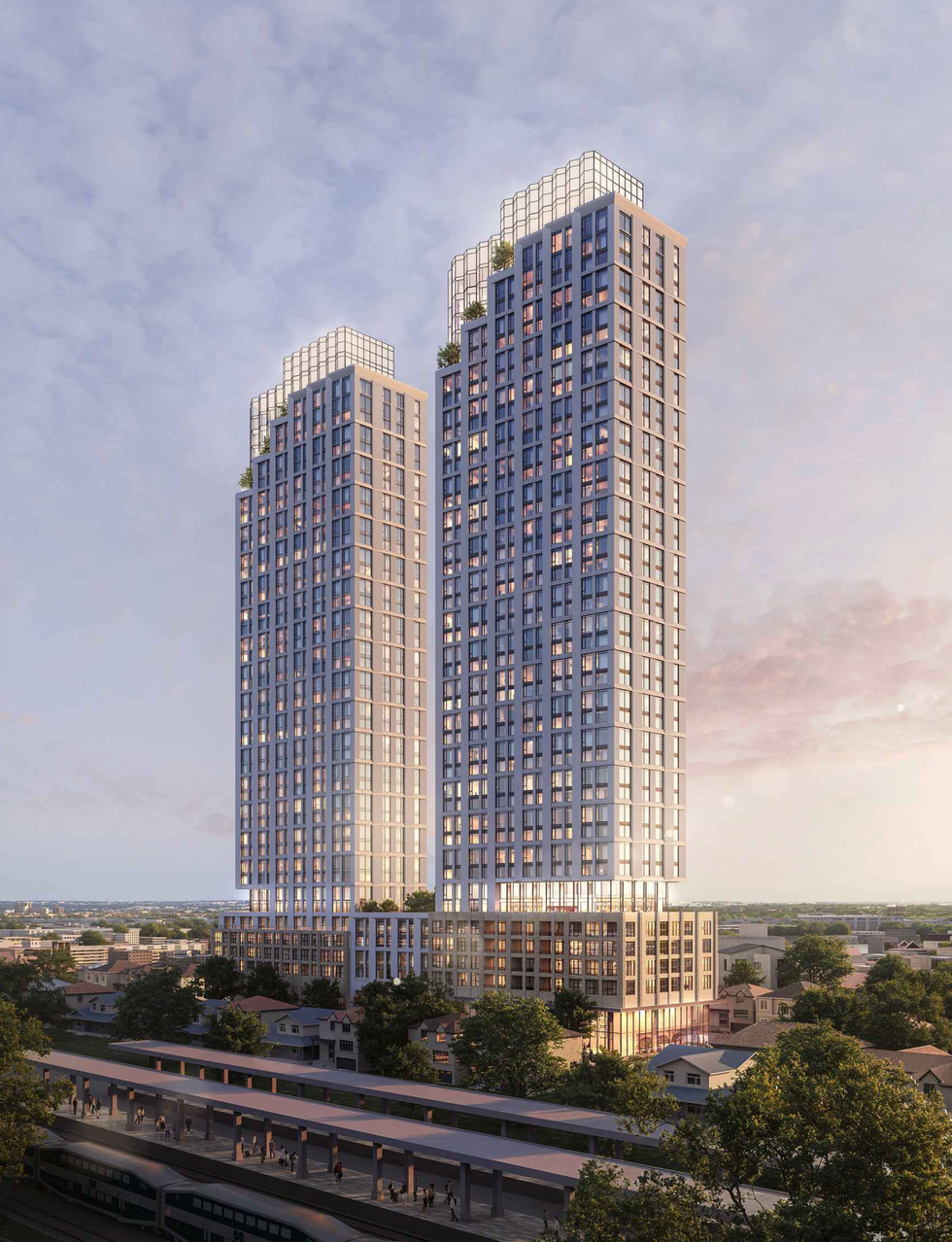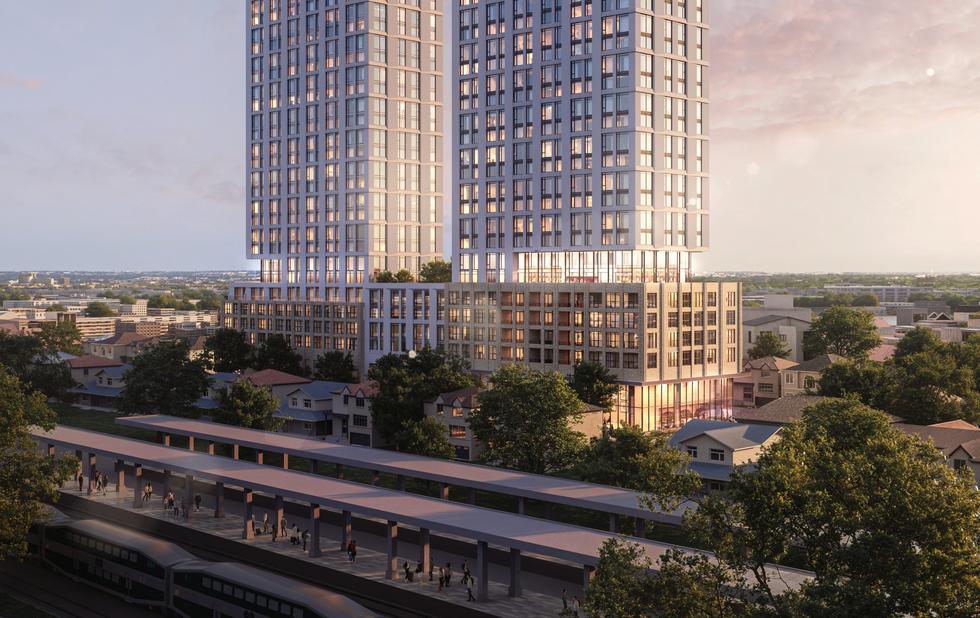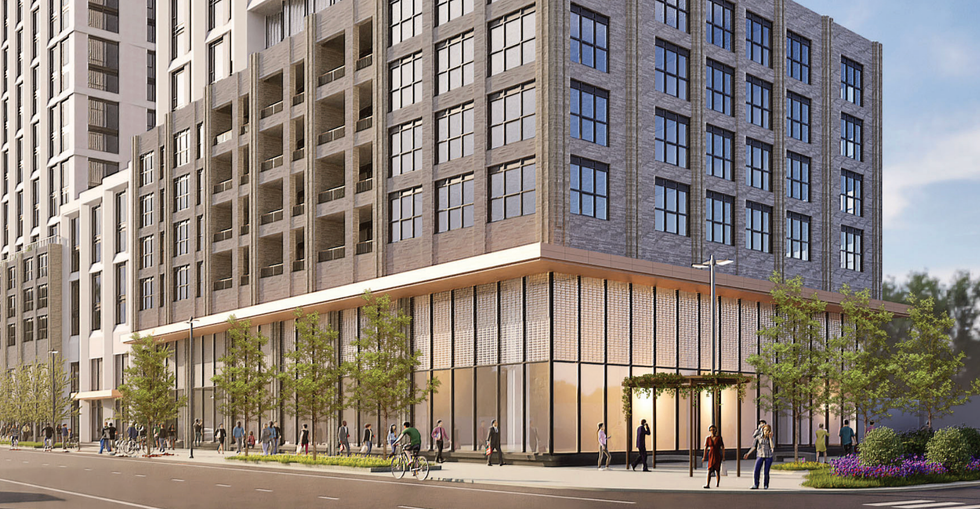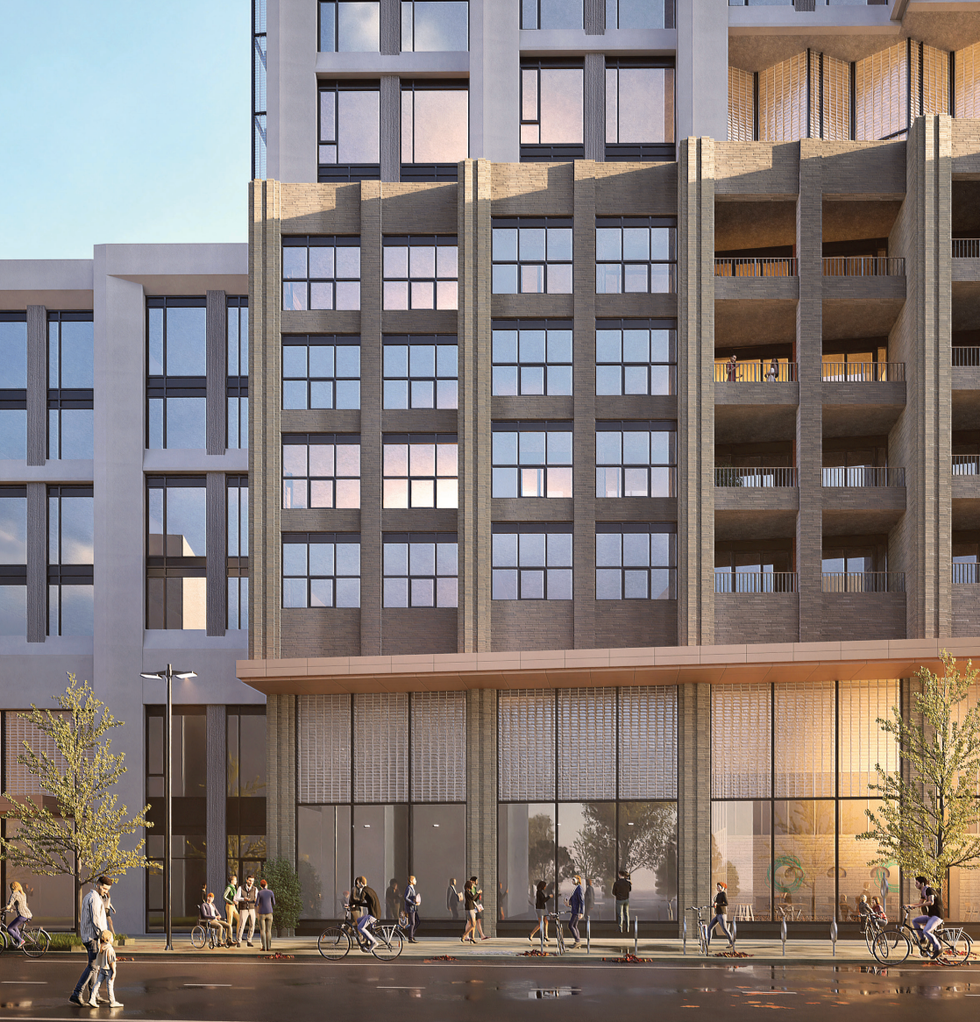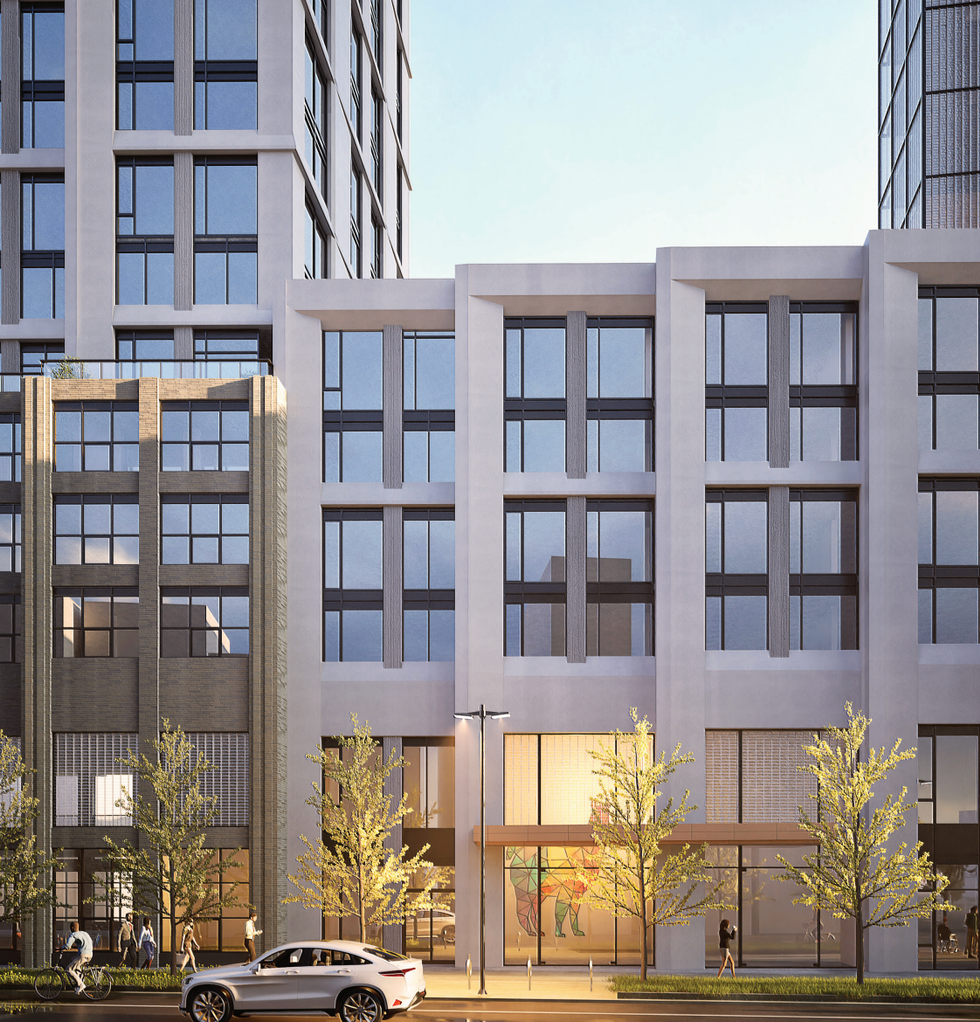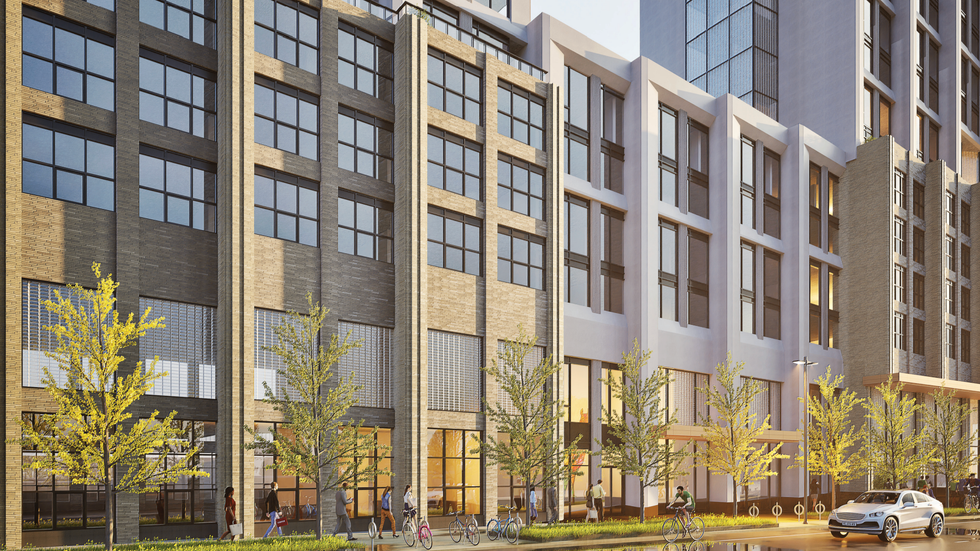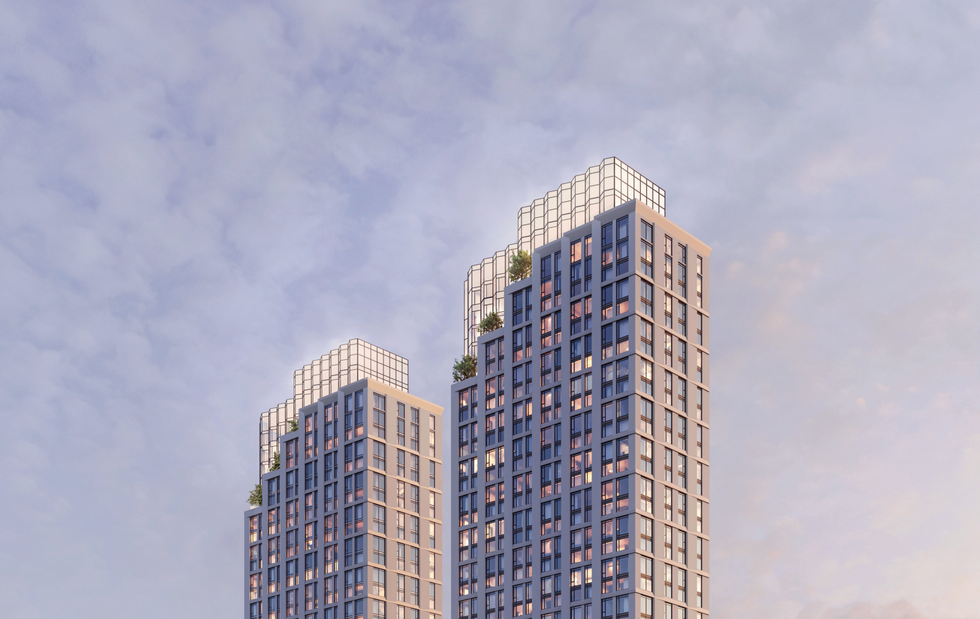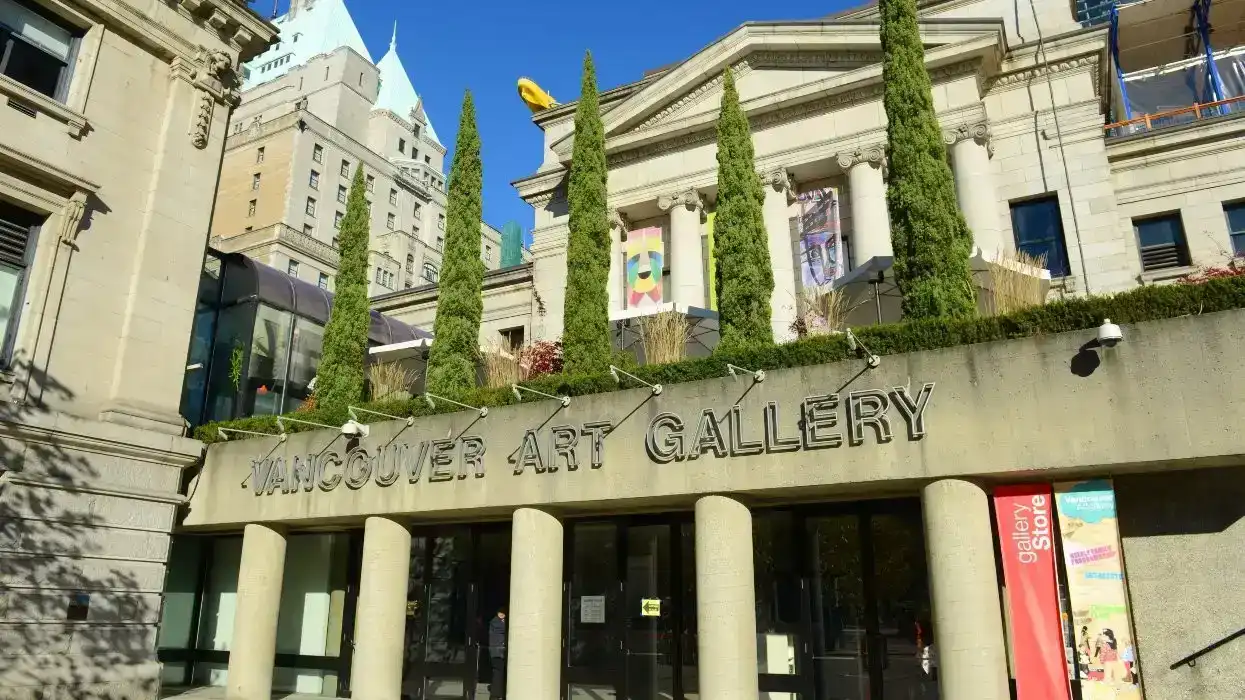Gentrification
Understand gentrification in Canadian real estate — how urban renewal impacts neighbourhood value, housing access, and community dynamics.
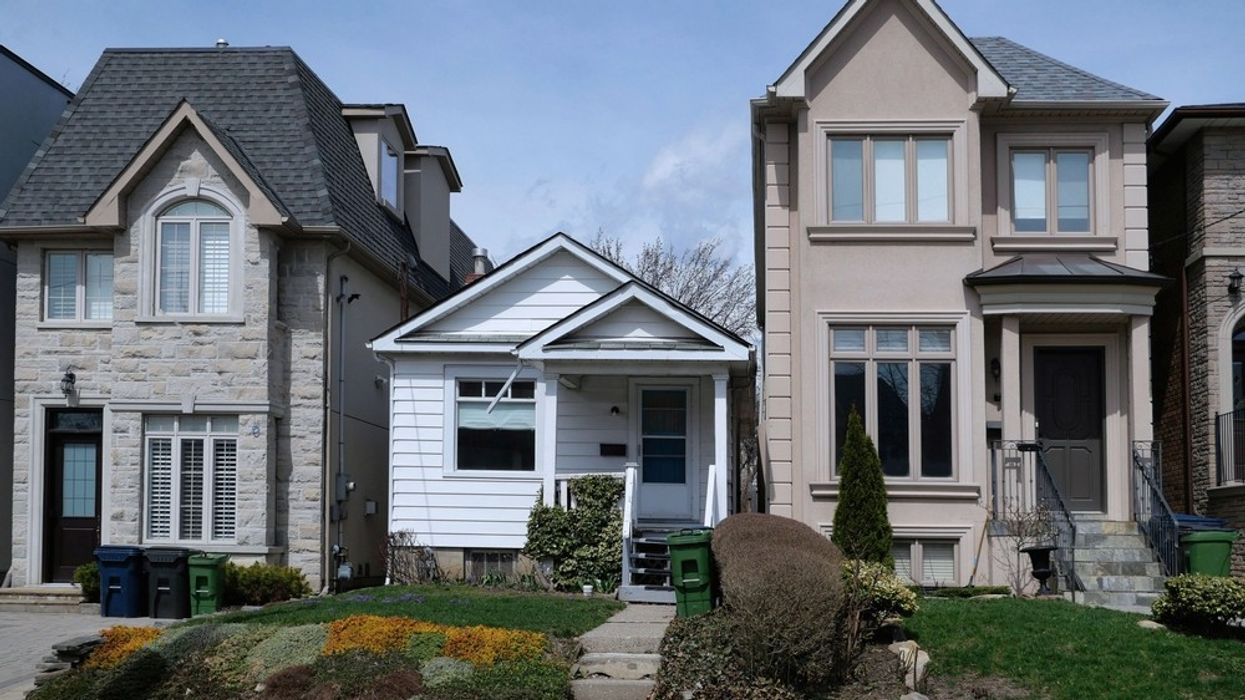
June 09, 2025
What is Gentrification?
Gentrification is the process by which a traditionally lower-income neighbourhood undergoes revitalization and attracts higher-income residents, often leading to increased property values and the displacement of long-standing residents.
Why Gentrification Matters in Real Estate
In Canadian urban real estate, gentrification can reshape neighbourhood demographics, spur investment, and drive up housing costs.
Indicators of gentrification include:
- New developments and amenities (cafés, grocery stores)
- Influx of higher-income homeowners and renters
- Rising home prices and rent levels
- Redevelopment of aging housing stock
While gentrification can improve safety and infrastructure, it may also cause affordability issues and displace vulnerable communities.
Understanding gentrification helps buyers, investors, and policymakers weigh both market potential and social implications.
Example of Gentrification in Action
A once-industrial area near the city centre sees an influx of condo developments, creative businesses, and younger professionals, triggering gentrification.
Key Takeaways
- Raises property values and investment interest
- Can displace long-term, lower-income residents
- Often follows public infrastructure improvements
- Alters neighbourhood demographics and culture
- Balances opportunity with equity concerns
Related Terms
- Market Value
- Urban Planning
- Housing Affordability
- Revitalization
- Rental Displacement
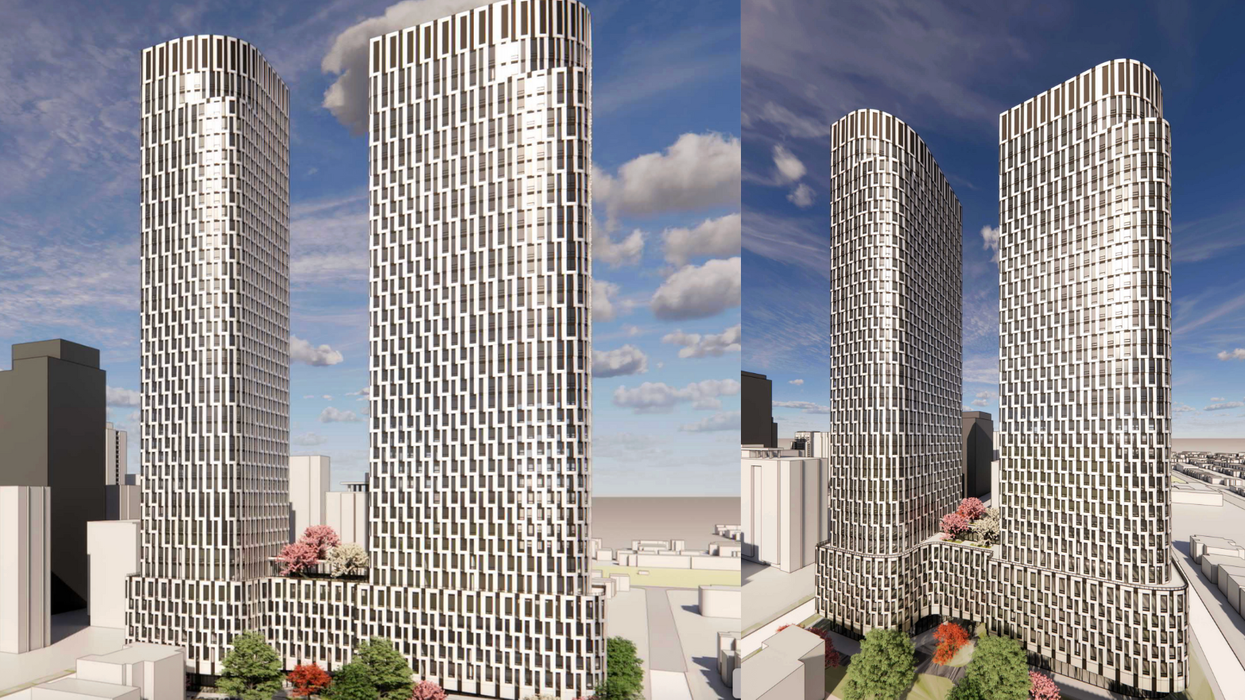
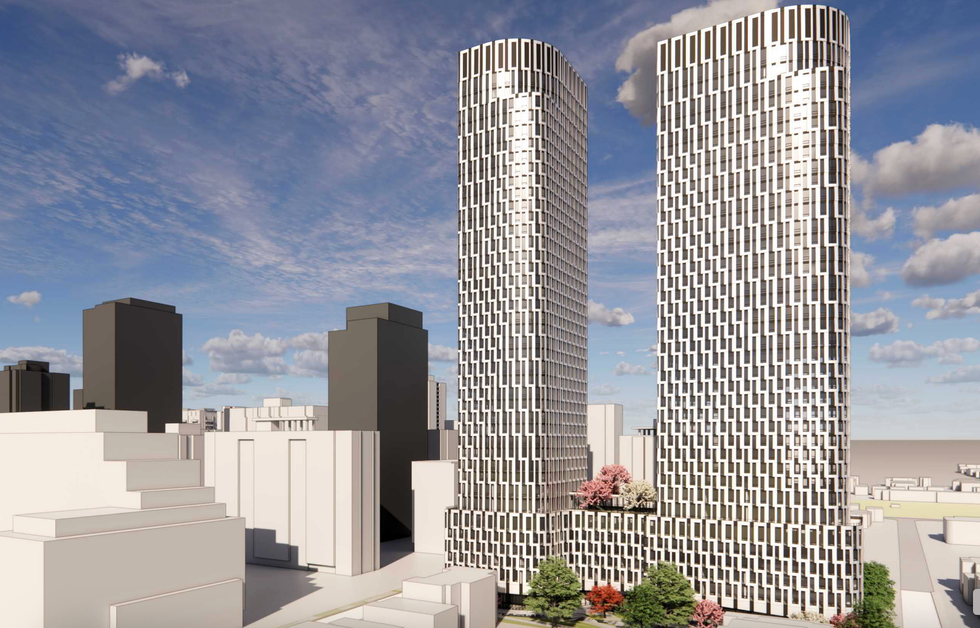

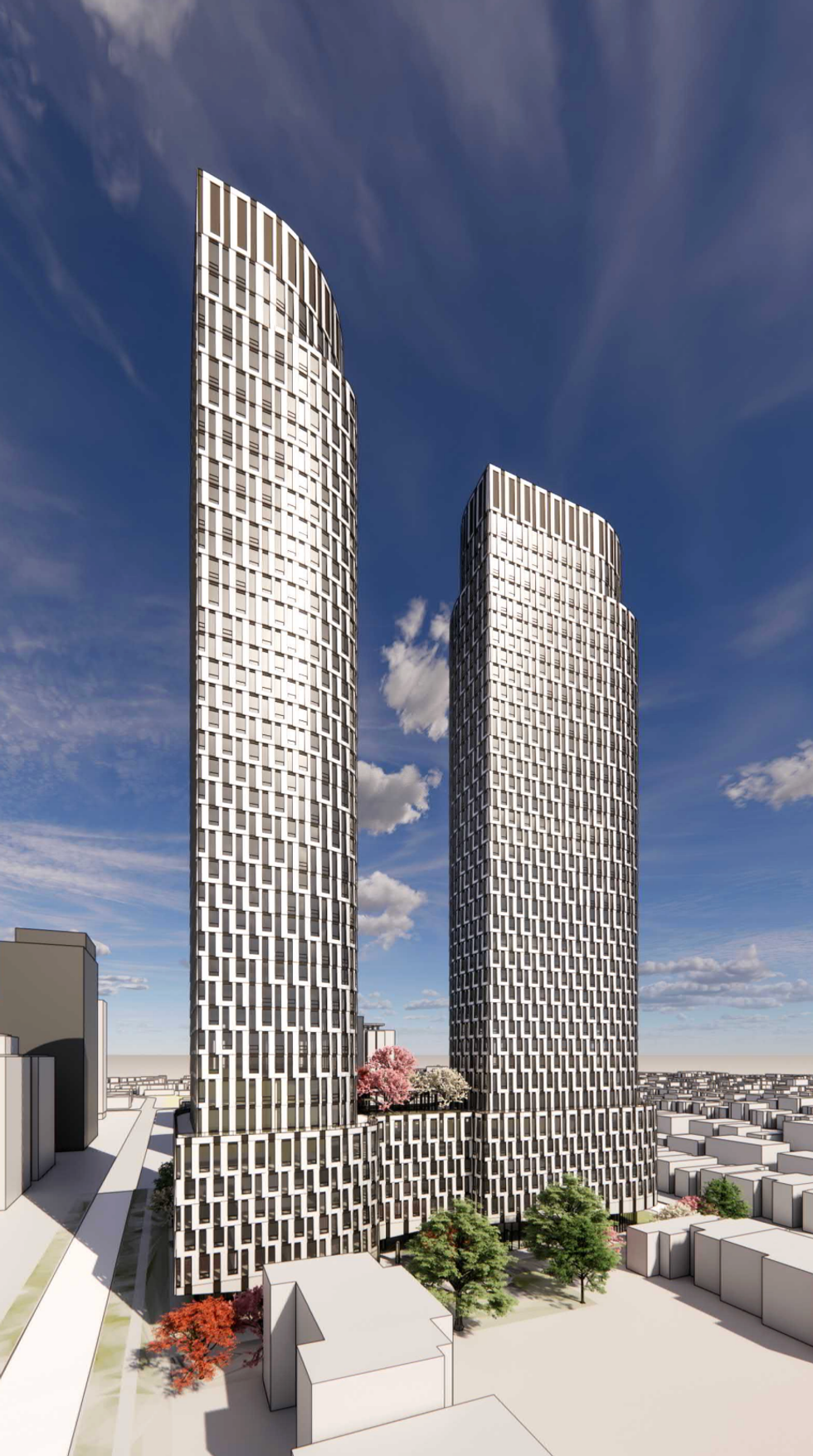
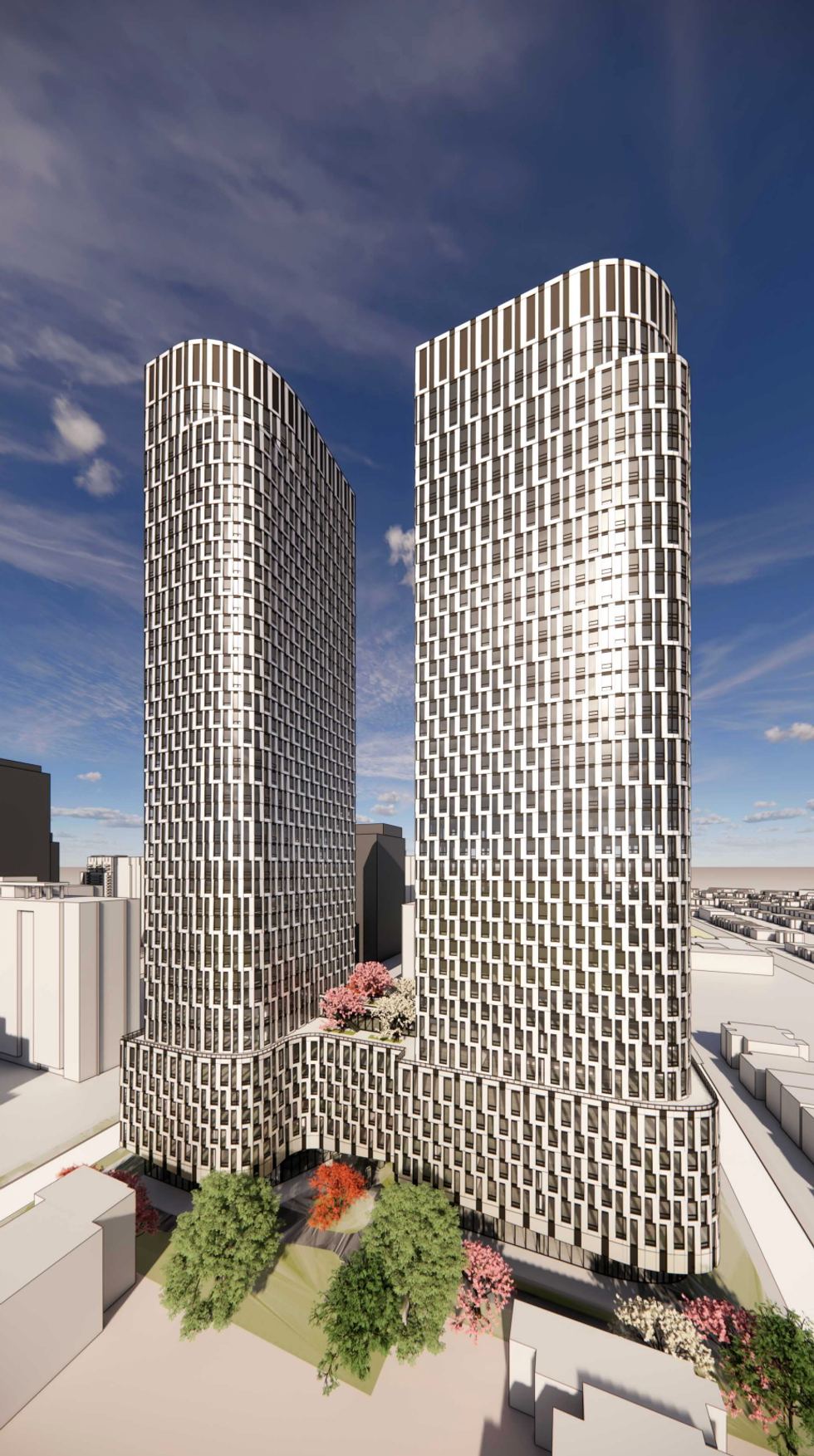
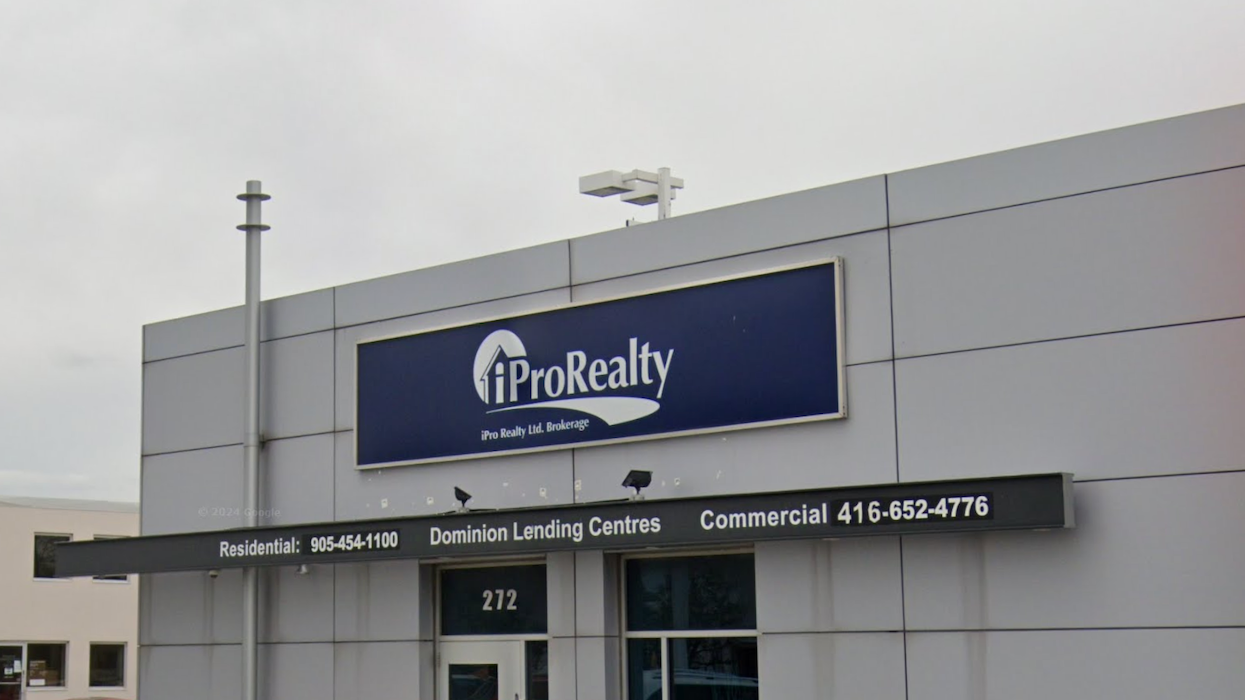

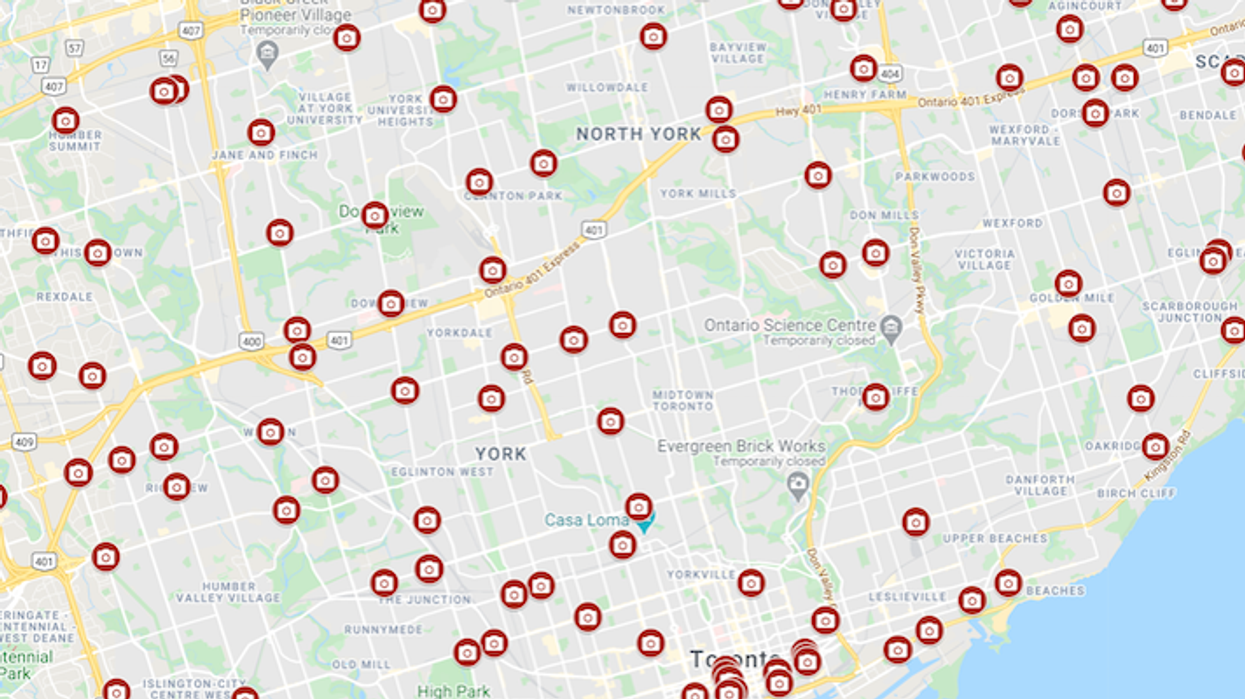
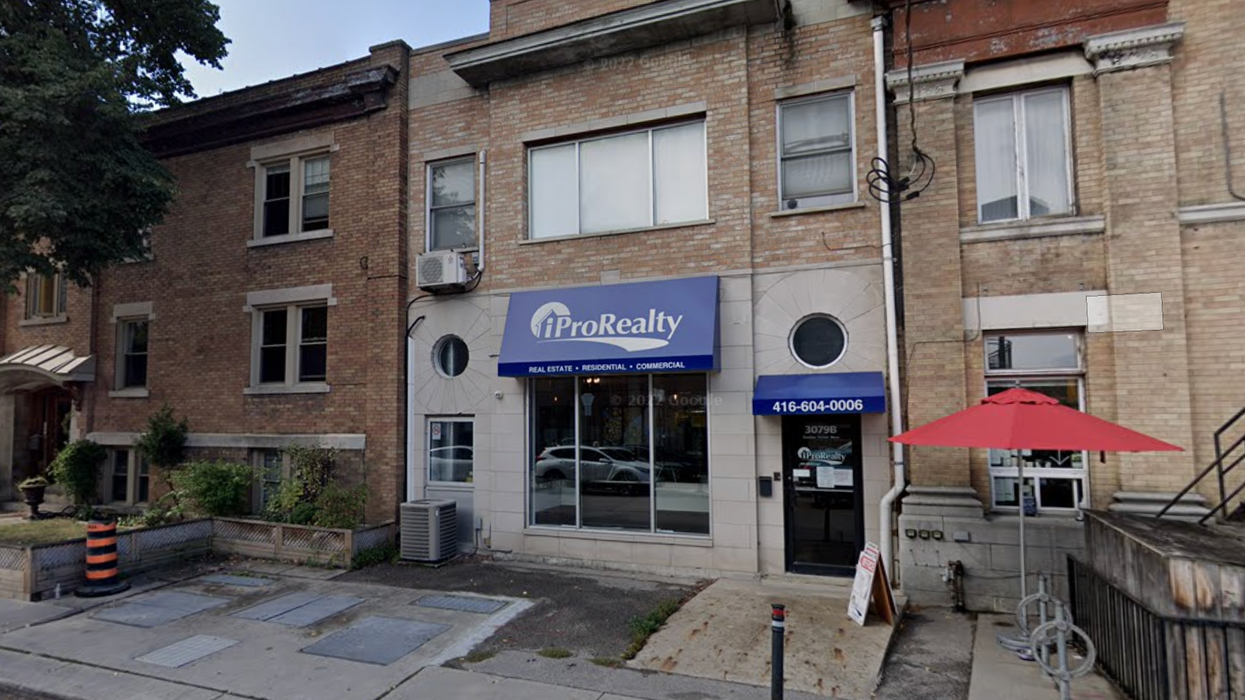
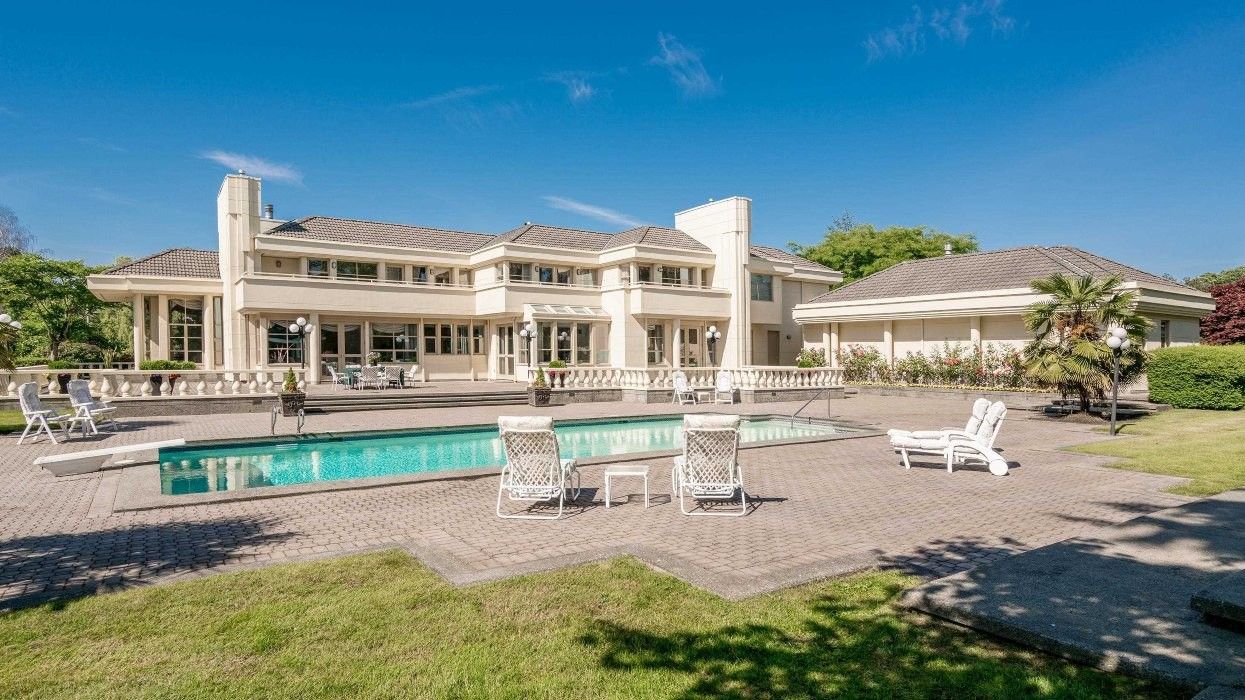
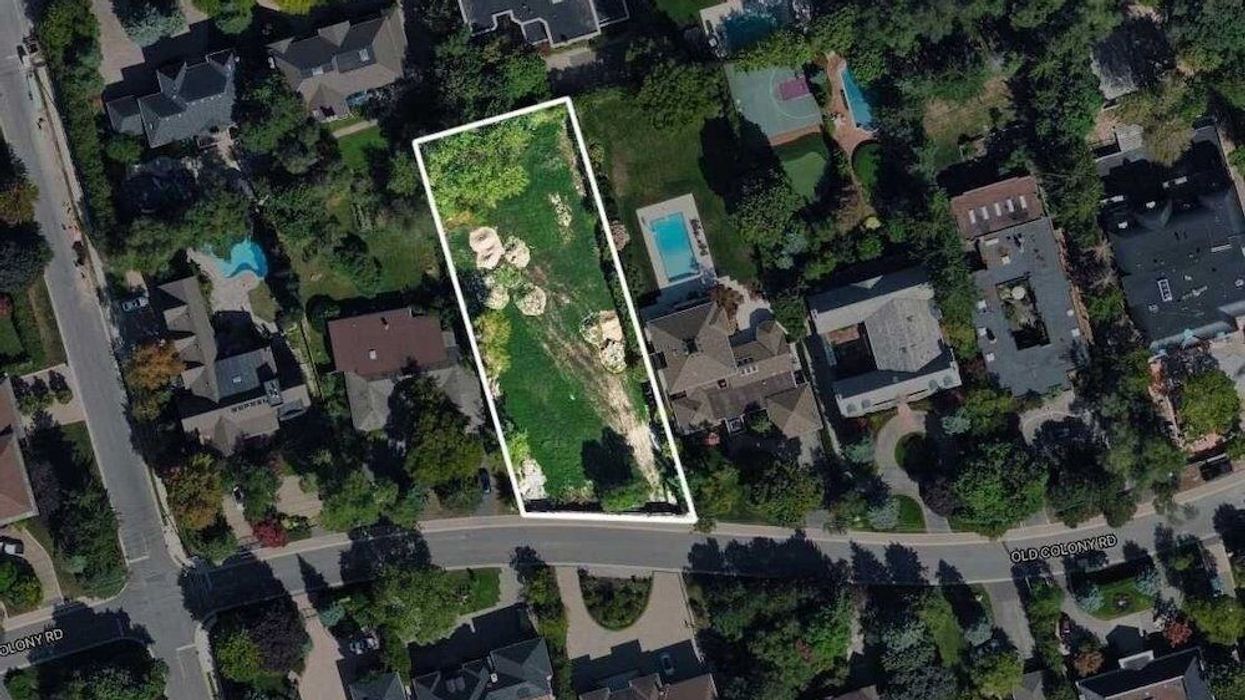
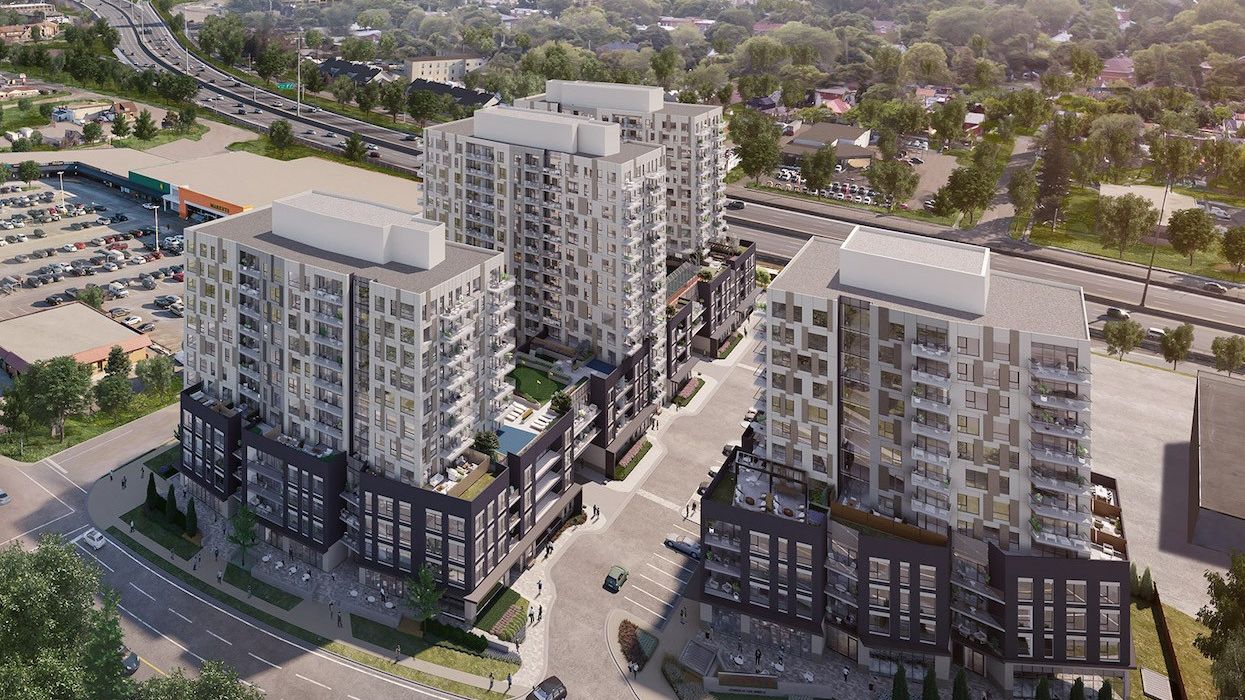
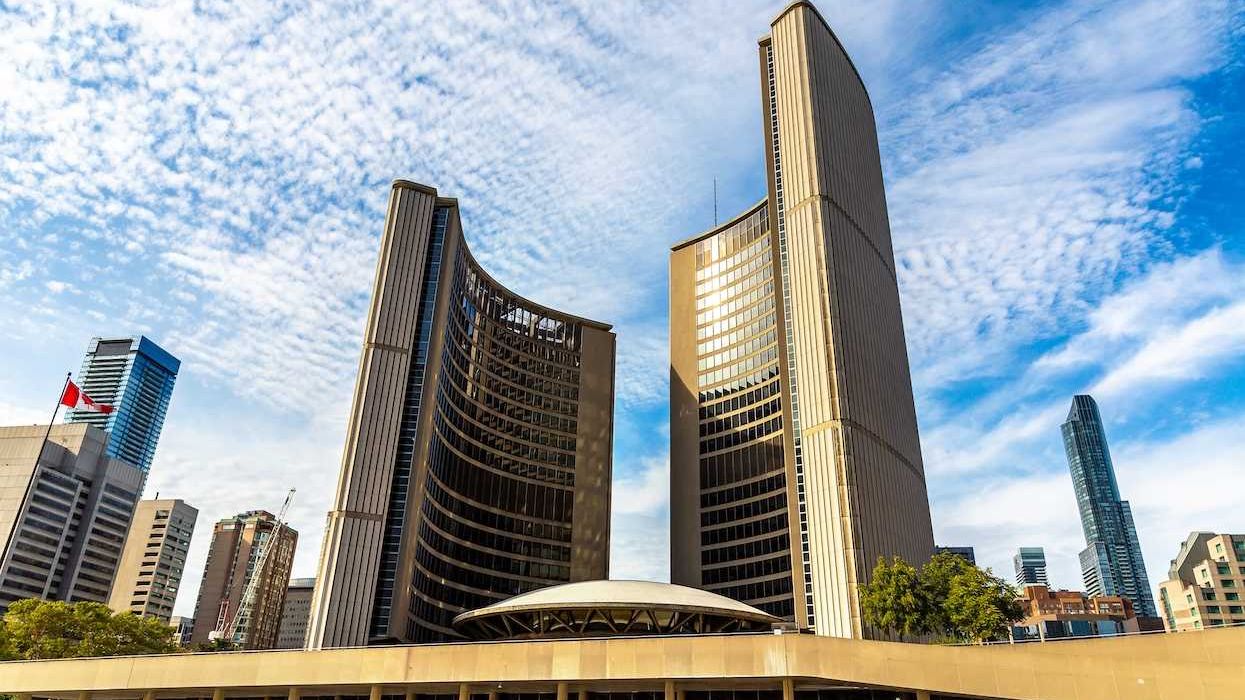
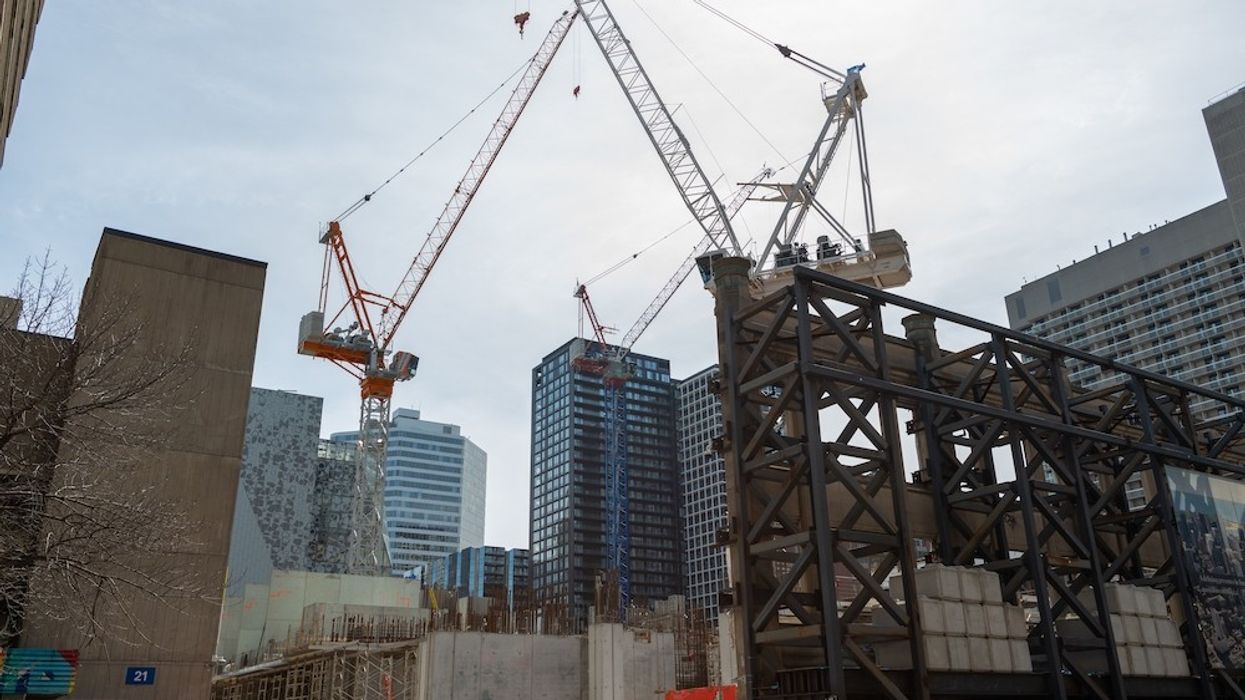
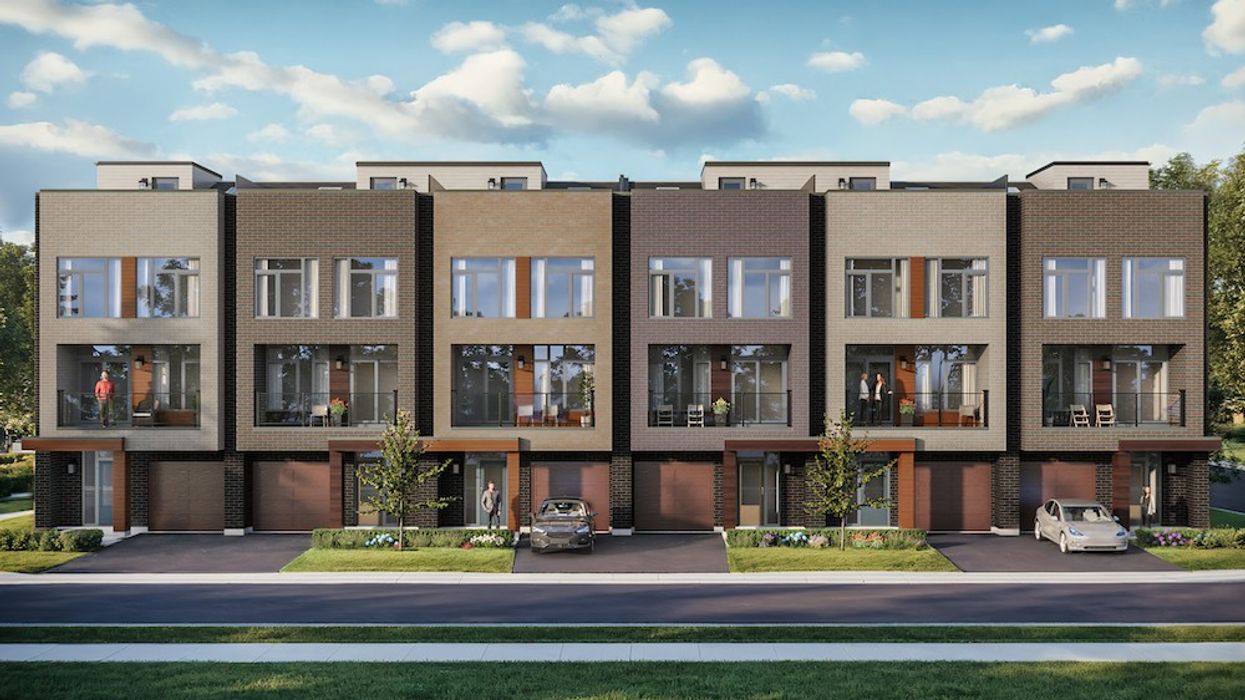
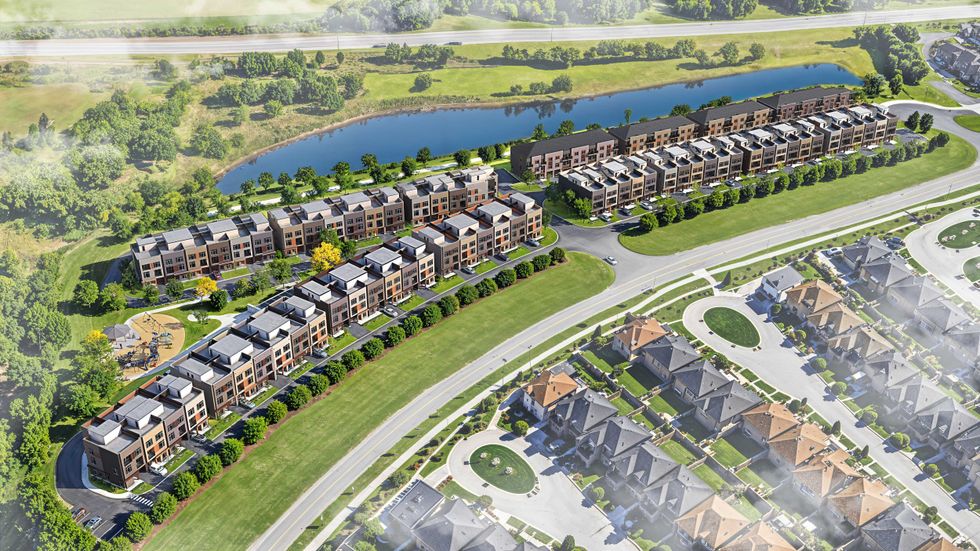 Camcos Living
Camcos Living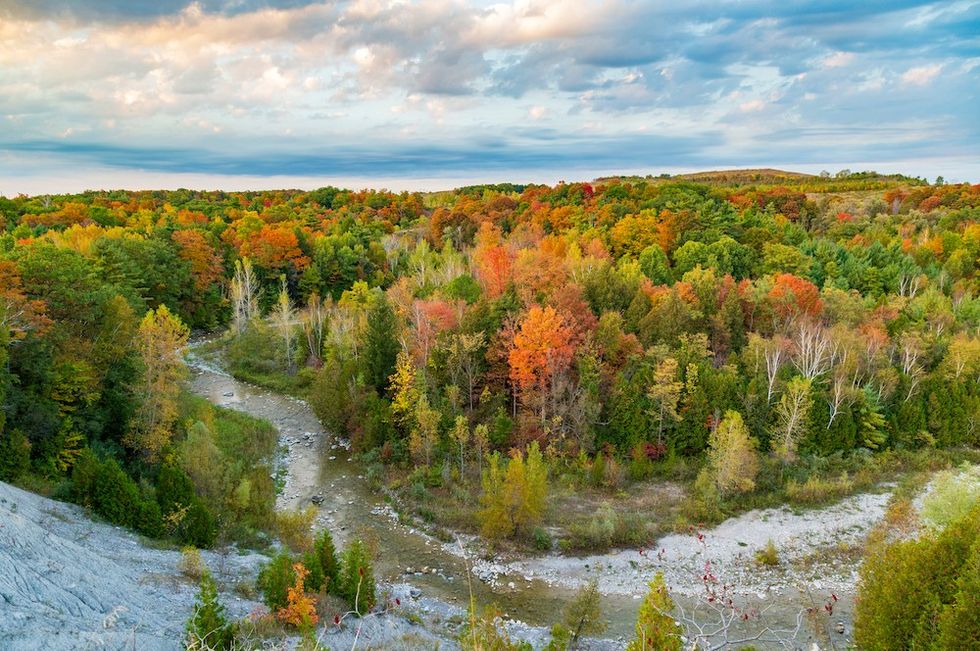 Shutterstock
Shutterstock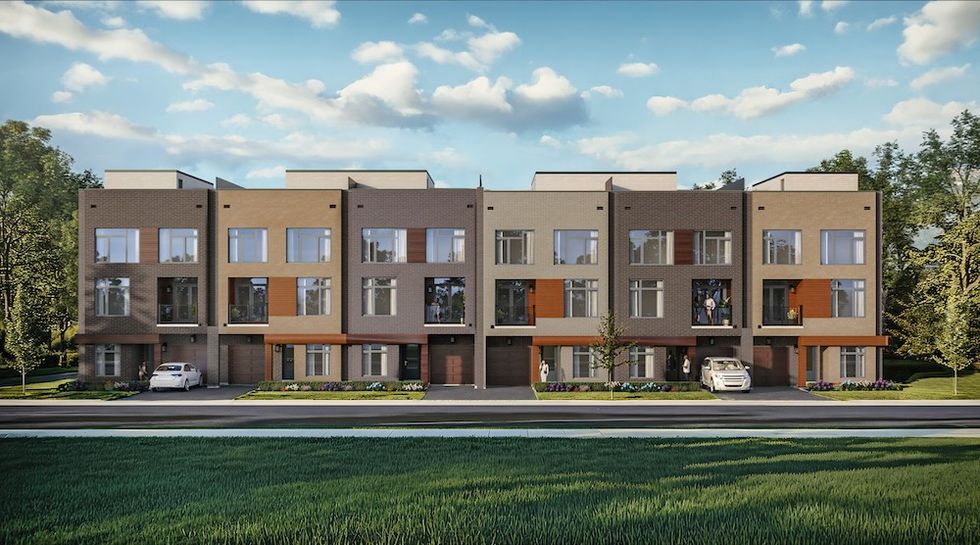 Little Rouge Block G/Camcos
Little Rouge Block G/Camcos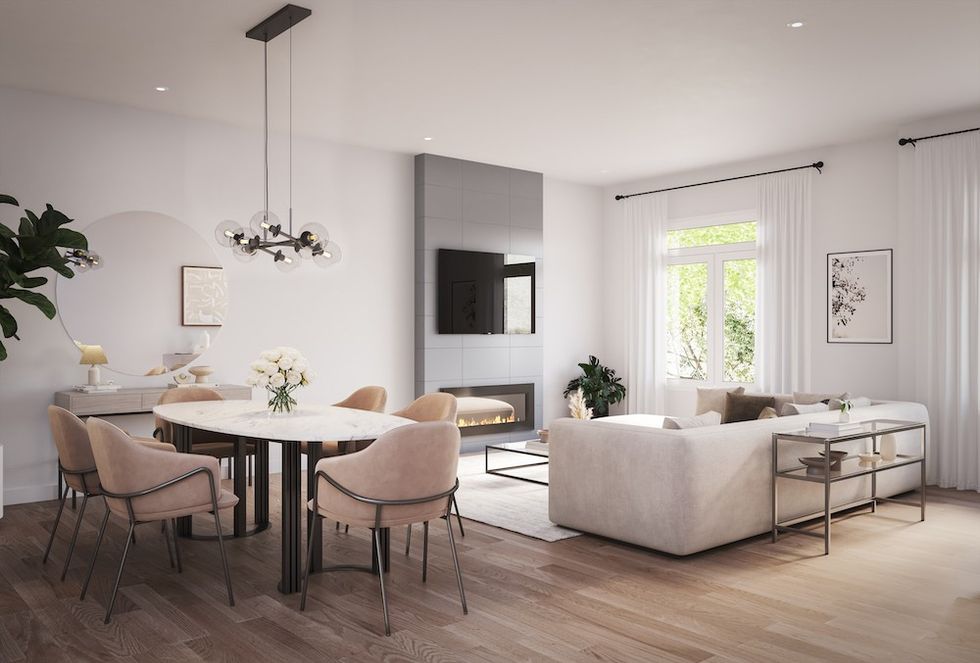 Camcos Living
Camcos Living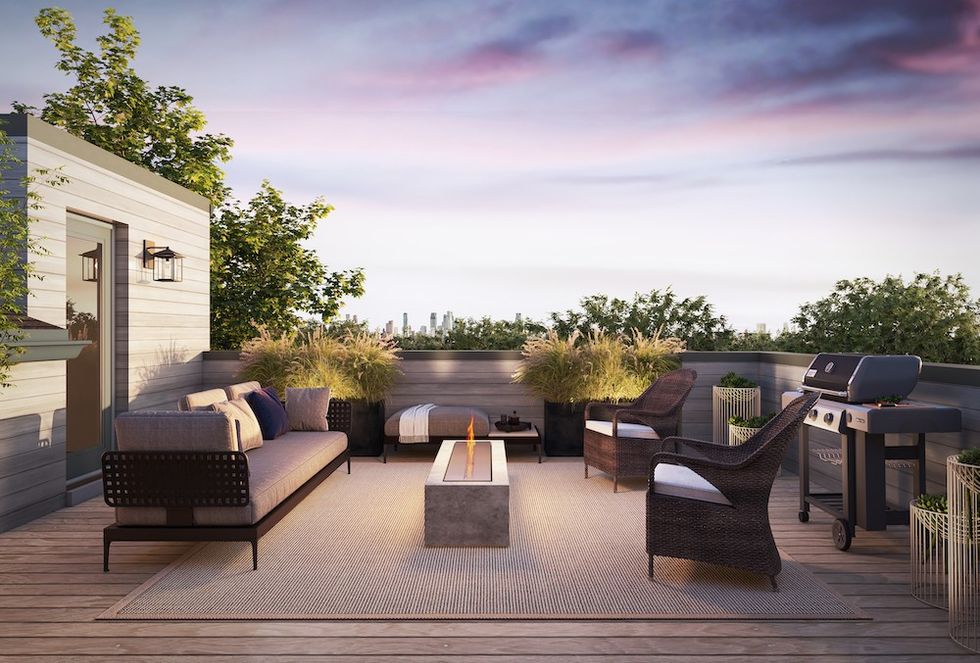 Camcos Living
Camcos Living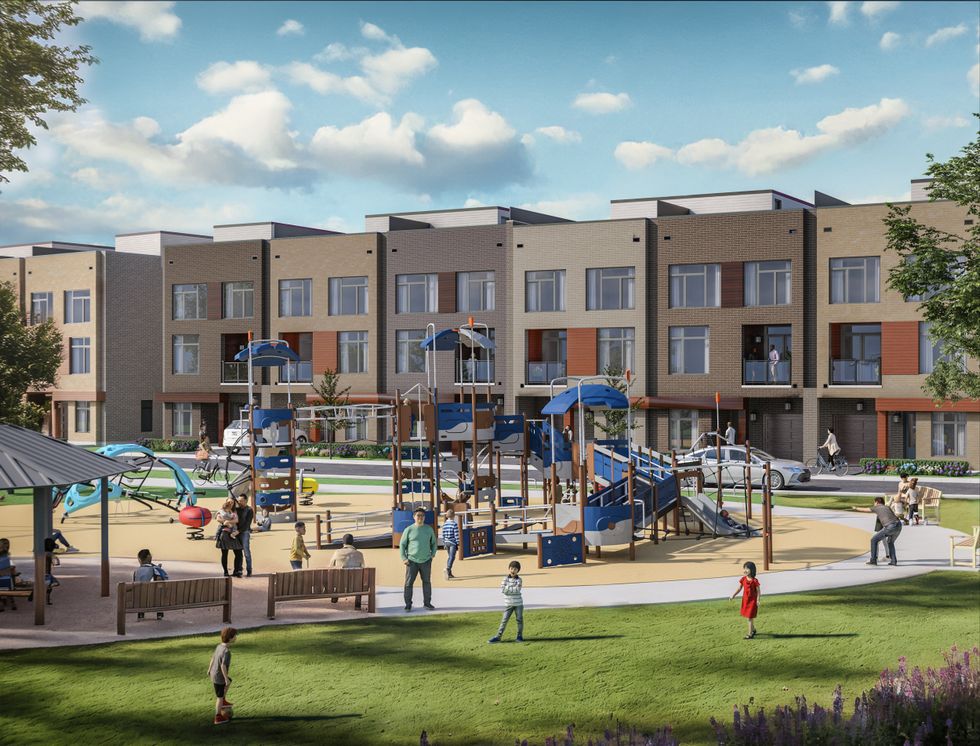 Camcos
Camcos